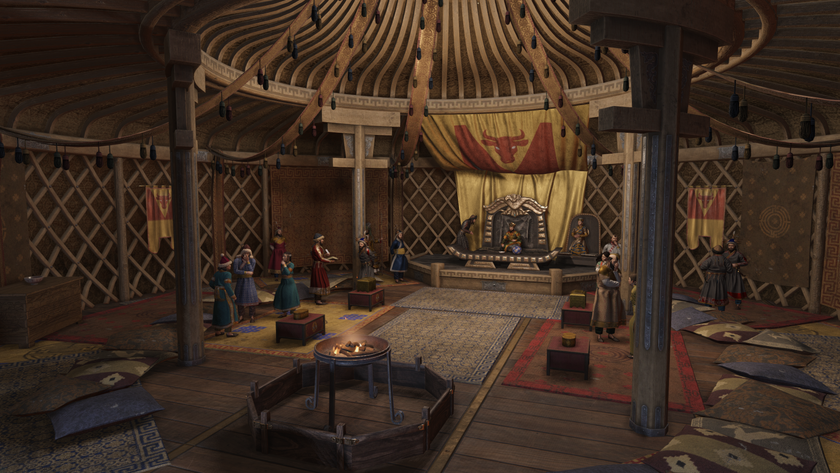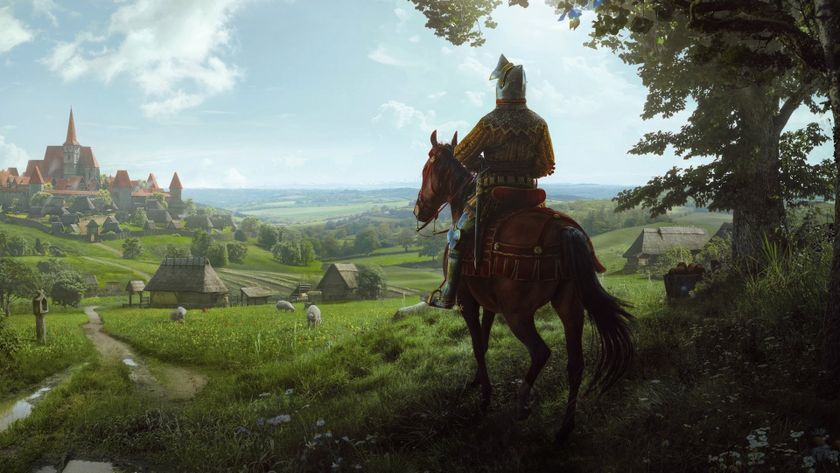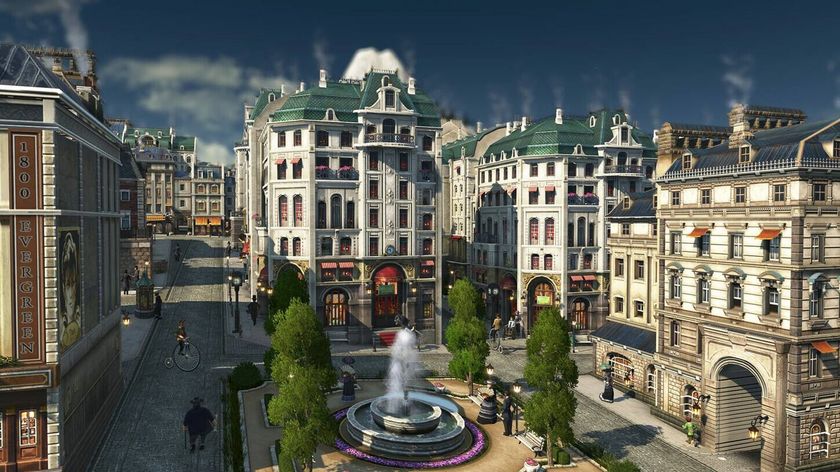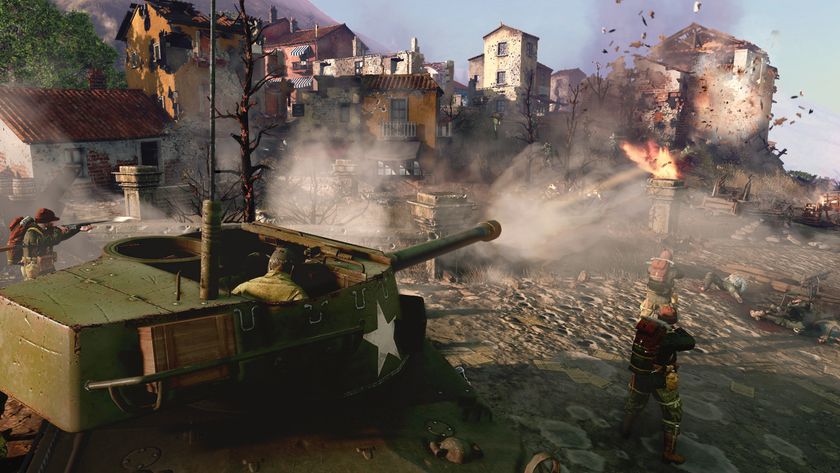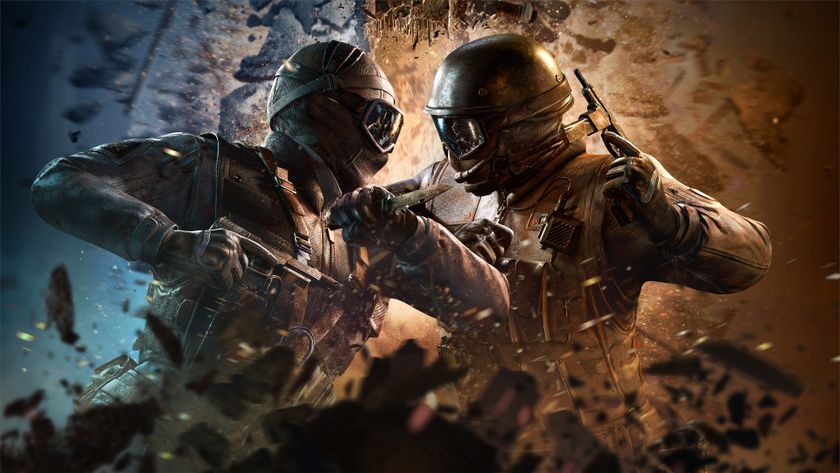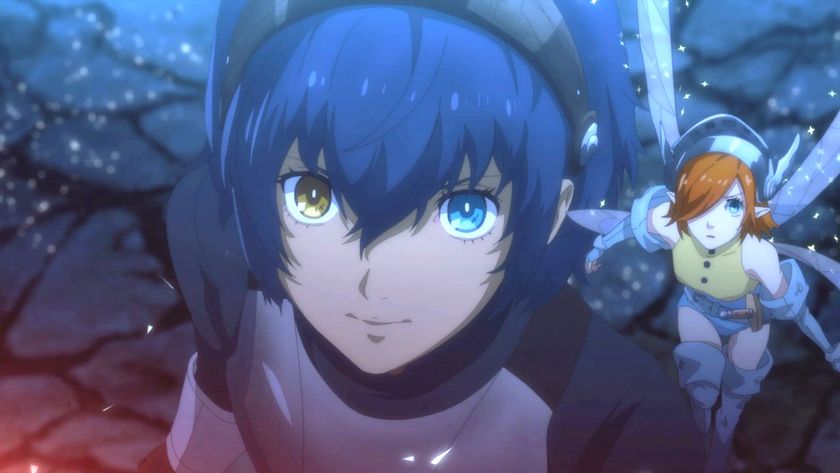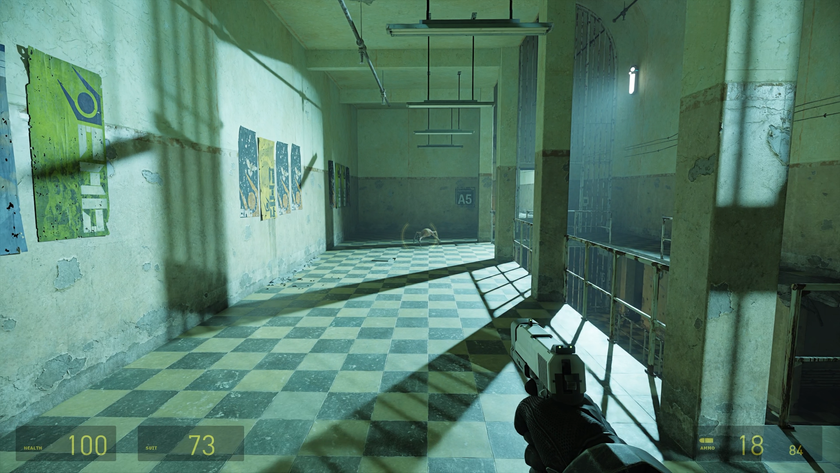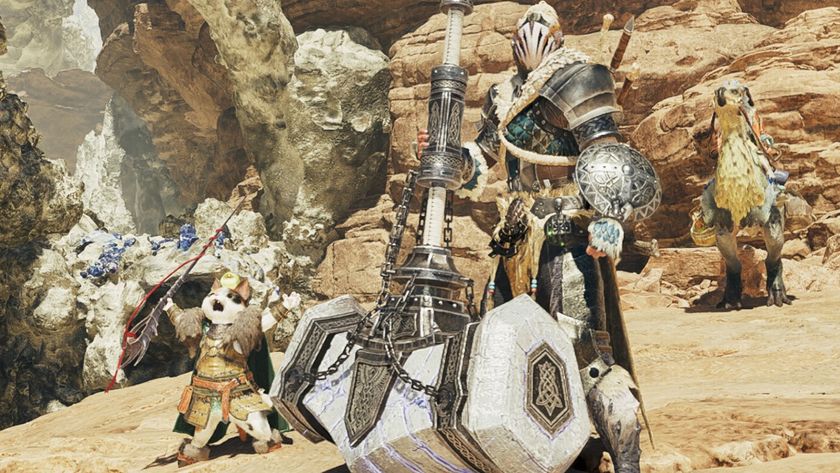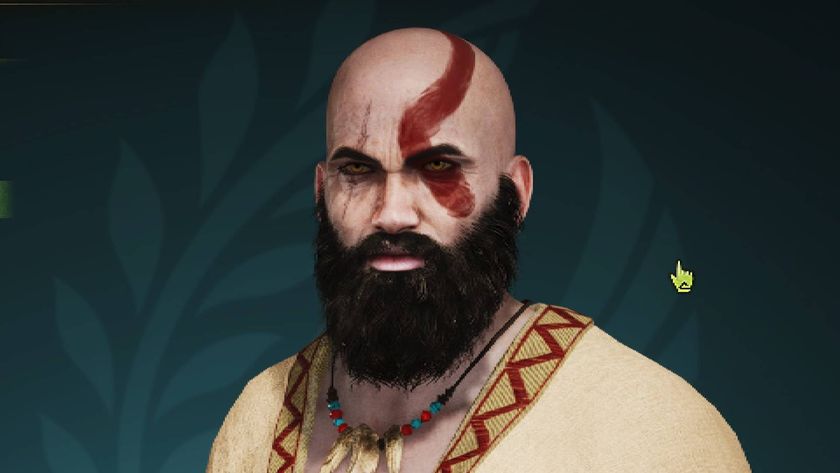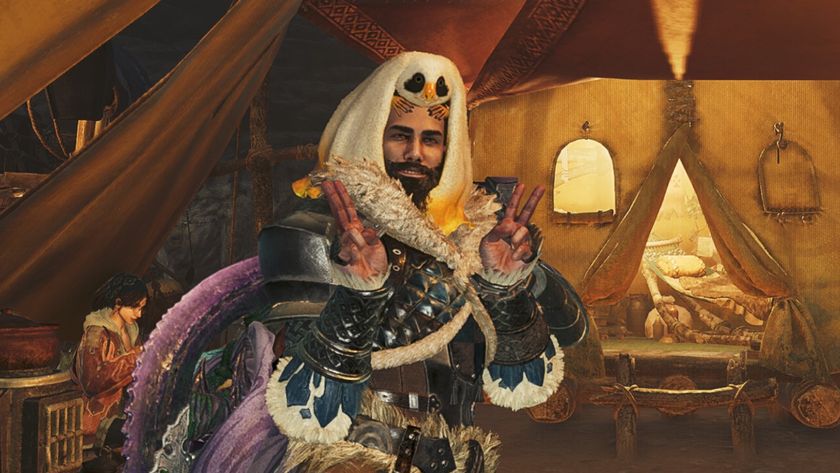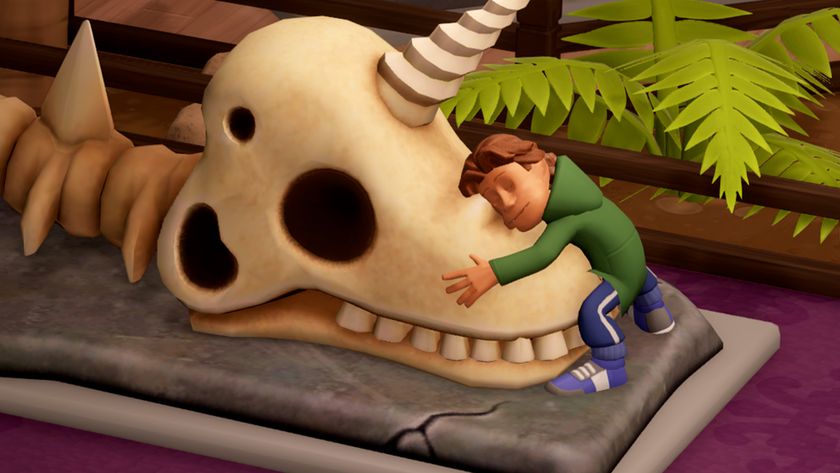Total War: Warhammer 2 brings high fantasy to a redesigned campaign
Hands-on with the Lizardmen.
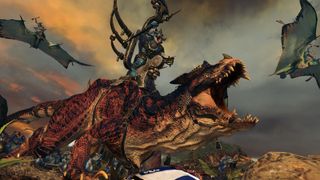
Warhammer 2 is an unusual sort of Total War sequel. Creative Assembly's spin on Games Workshop's Old World has been envisaged as a trilogy from the beginning, a three-game cycle where each individual game will eventually stitch together into a single massive strategy sandbox. The factions and many of the features of Total War: Warhammer 2 were planned out before work on the first game began. Even so, this is still a sequel—and as such, it sets out to fix many of the things that didn't quite work in Creative Assembly's first stab at fantasy strategy.
A new map and a new endgame
Total War: Warhammer 2's new campaign map spans four land masses separated by stretches of open ocean, all located to the west of the territory featured in the original game. Lustria is the home of the Lizardmen, a huge jungle dotted with ancient ziggurats. Ulthuan and Naggaroth are where you'll find High Elves and Dark Elves respectively, while the Southlands belong to Warhammer 2's as-yet-unannounced fourth faction. (I say 'unannounced', but Creative Assembly's relentless rat-themed hints make Skaven all but a certainty.)
In the centre of Ulthuan is a magical vortex that acts as a focal point for each faction. In a standard Warhammer 2 campaign, victory is achieved by winning the 'race' to the vortex—a race that involves performing rituals, gathering specific resources, and capturing specific parts of the map. Although it'll still be possible to win through old-fashioned conquest, this shared victory condition is intended to provide drama and challenge all the way to the end of a playthrough.
It'll be possible to both win and lose a campaign at the 11th hour, as even a small force in the right place at the right time has the potential to interrupt a key ritual or intercept a force on its way to victory. CA are keen to rid Total War of the 'cleanup phase' that accompanies victory by conquest—the point where you're too big to fail and all that remains is auto-resolving your way to world domination. The notion is that a campaign should always end with a battle where both parties are equally invested in the outcome.
Points of interest
Other, subtler changes are coming to the campaign map. Your choice of hero now determines your faction's starting position—High Elf leader Tyrion begins in Ulthuan, for example, while his brother Teclis starts in Lustria. There's also a new type of settlement called a fortress gate, a defensive edifice located in a bottleneck location that provides a strategic advantage to the faction that controls it.
The first game's factions will make an appearance, too. There's a new Vampire Counts sub-faction located in Lustria, and independent forces called rogue armies now roam the map. Each rogue army is a bespoke force built around a theme that ignores faction restrictions—one example CA provides is a goblin beastmaster who commands a combined force of squigs, wolves, spiders and dinosaurs. These rogue armies are intended to provide a bit of variety in terms of the battles you'll fight, and they can be a nuisance too—they're attracted to unlooted ruins, which has the potential to become a problem if you're not particularly diligent in your tomb-raiding.
Oh yeah: you can raid tombs. Ransacking Lustrian ziggurats can help bolster your fledgling empire with gold and ritual-enabling resources. Expect these to be hotly contested.
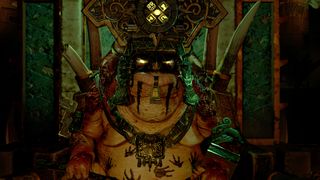
Frog factions
Four factions isn't a lot for a Total War game, but the fantasy setting allows for greater differentiation then you'd find in, say, an ancient warfare sim. On the campaign map, High Elf politicking manifests as 'influence', a resource that they can expend to toy with the relationships between other factions. High Elf trade agreements also function a kind of spy network: after all, elves who live in glittering cities of ivory and gold don't need the money as much as they need information.
The surprisingly technologically advanced Lizardmen (they're from space) take advantage of something called the geomantic web to build connections between their cities. Linked cities share bonuses—a souped-up and faction-specific version of the first game's edicts. This is designed to influence not just how you play as Lizardmen, but how you play against them: taking out a key node in the geomantic web might be as important as assassinating a key general.
This reflects a broader desire to build more interesting links between the campaign and battle game. Army abilities are part of this: special powers that are tied to armies and locations rather than specific generals, unlocked by controlling certain parts of the map or performing specific actions. High Elves controlling a fortress gate, for example, gain the ability to call down giant eagles on defense. In the battle I played, my Lizardmen had the ability to beam in a pack of feral Cold Ones—velociraptors to you and me—behind enemy lines.
Claws on the ground
Velociraptors-on-demand is one of several ways that Warhammer 2 feels more confident as a fantasy wargame than its predecessor. The fact that the relatively generic human factions were handled in the first game helps: while elves aren't exactly out there in fantasy terms, the presence of chariot-riding wizards and massive sun dragons (which now have breath attacks) sets them apart.
On the field, High Elves are defensively strong. The scenario that Creative Assembly are using to demonstrate the game involves an uphill push by Lizardmen into a well-defended elf position. Being able to beam in Cold Ones to create havoc behind enemy lines certainly helps, but the ability is moderated by a cooldown and limited number of charges and as such you've got to get the timing right. For their part, Lizardmen infantry is durable but slow. They have access to a impressive array of massive dinosaurs, including multiple kinds of Bastiladon, Stegadon, and Carnosaur. Using bulky armoured dinosaurs to soak up High Elf arrow fire as my Saurus Guard charged into position was exciting and helped bring a setting I love to life.
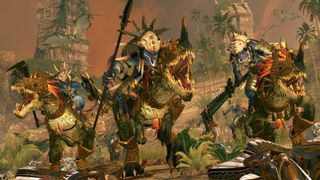
The Carnosaur in particular looks great on the field, charging, chomping and shoulder-barging around like an angry dinosaur with an angrier dinosaur on its back. I also liked the 'out of control' mechanic, a feral state that all Lizardmen units are vulnerable to. Rather than routing, a unit that temporarily goes out of control will keep fighting until it dies, and will run off to find new prey if it runs out of things to hit. This is thematic but also creates interesting strategic decisions on the fly: when my Bastiladon and Stegadon went rogue, I had to decide whether to charge after them or sacrifice them while I waited for the rest of my army to catch up. I charged after them, obviously. It was probably a mistake.
This is a promising first showing for a game that has the potential to do more than just expand its predecessor with a new map and new factions. The promise of fixes for the endgame and more consequential decisions on the campaign map—that stem from the fantasy setting—helps reinforce and justify Creative Assembly's decision to build this game in three parts. As somebody with a long relationship with Warhammer fantasy, it's exciting to get to explore more of it. As somebody for whom Total War has always been a game of half-completed campaigns, these top-level design changes are even more so.
The biggest gaming news, reviews and hardware deals
Keep up to date with the most important stories and the best deals, as picked by the PC Gamer team.
For loads more on Total War: Warhammer 2, pick up the latest issue of PC Gamer.
Joining in 2011, Chris made his start with PC Gamer turning beautiful trees into magazines, first as a writer and later as deputy editor. Once PCG's reluctant MMO champion , his discovery of Dota 2 in 2012 led him to much darker, stranger places. In 2015, Chris became the editor of PC Gamer Pro, overseeing our online coverage of competitive gaming and esports. He left in 2017, and can be now found making games and recording the Crate & Crowbar podcast.
